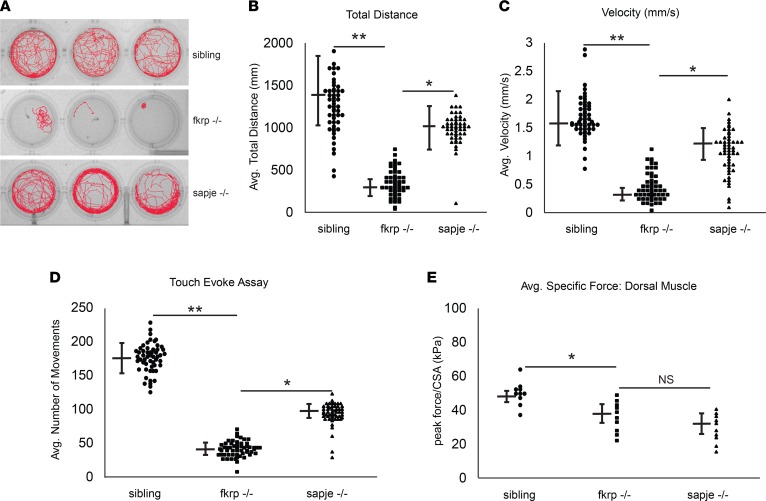Figure 2. FKRP-mutant zebrafish have impaired locomotion and movement.
(A) Tracings of motion pathways of sibling (FKRP WT and heterozygotes), fkrp–/– (homozygotes), and sapje–/– (dystrophin) mutant zebrafish cohorts. (B) The average total distance traveled over the 15-minute tracking period for each individual zebrafish. (C) The average velocity (mm/s) of individual sibling, fkrp–/–, and sapje–/– zebrafish cohorts over the 15-minute tracking interval. Fifty zebrafish (n = 50) were tracked over 15 minutes in 5 separate experiments (n = 5 experimental replicates). (D) Average number of touch movements in individual sibling, fkrp–/–, and sapje–/– zebrafish cohorts 1 dpf in response to a touch stimulus. (E) Average peak force (in kilopascals [kPa]) in the dorsal skeletal muscles of individual sibling, fkrp–/–, and sapje–/– zebrafish cohorts 5 dpf normalized to cross-sectional area (CSA). Ten zebrafish (n = 10) were used for the physiological force measurements. *P < 0.05; **P < 0.005 by 2-tailed Student’s t test. NS, not significant.

